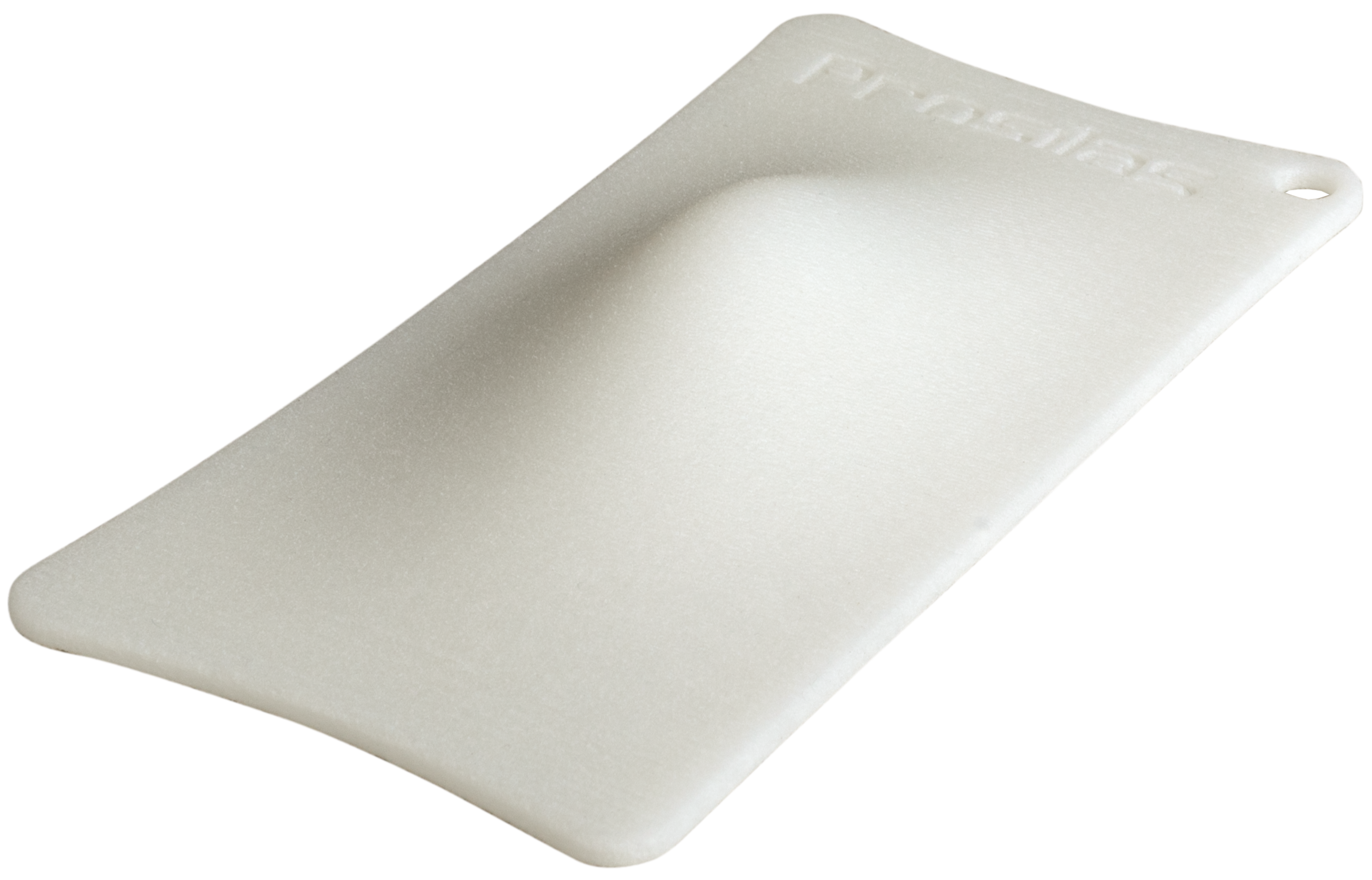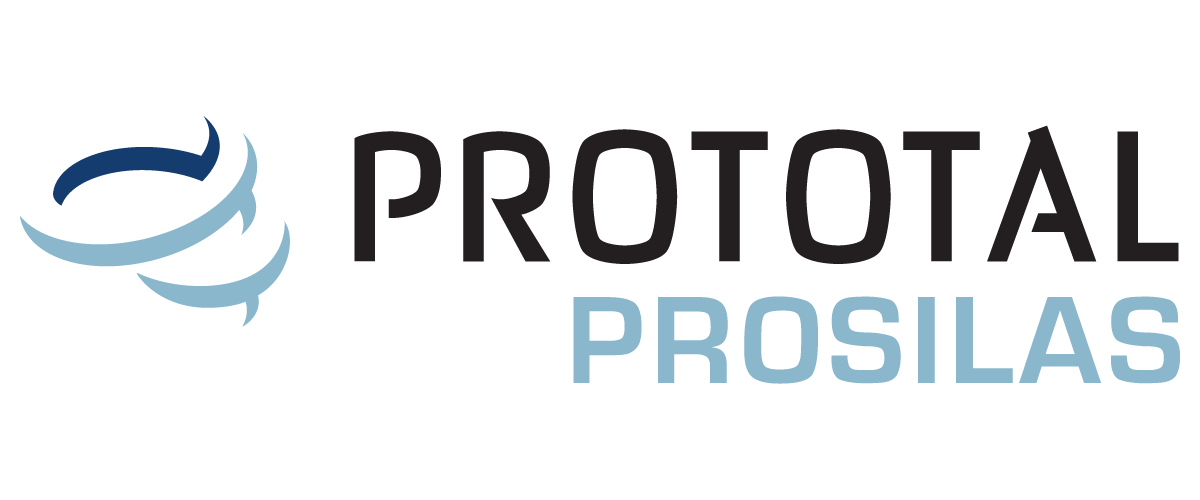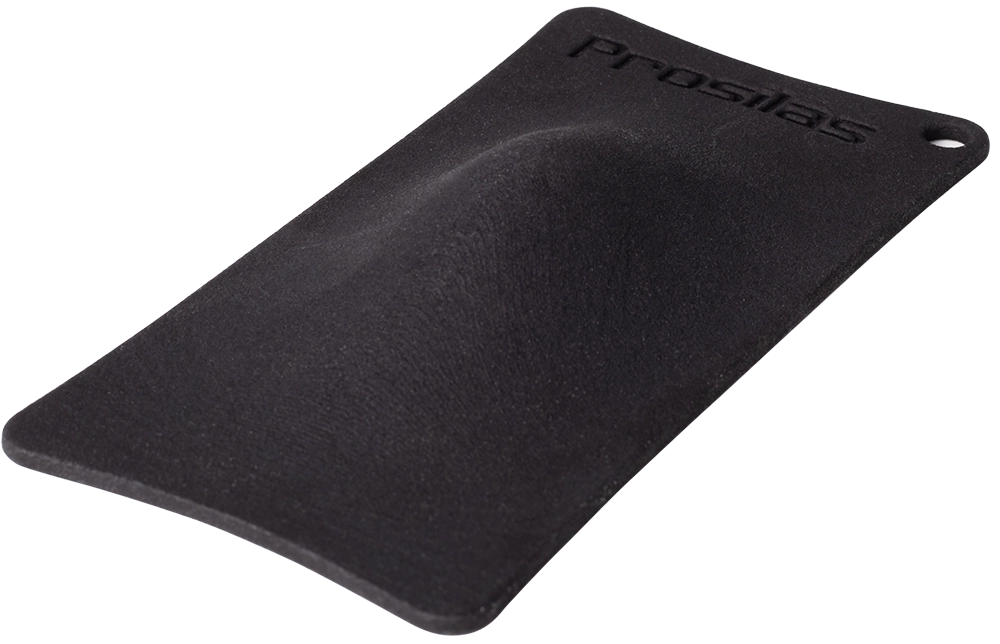PA 11
Ultrasint® PA11: The Bio-Derived powder for durable components with exceptional resistance
In the vast landscape of 3D printing, a new innovation emerges in the form of Ultrasint® PA11 from BASF Forward AM.
This SLS 3D printing material, derived from castor seed oil, represents a viable alternative, sourced from renewable sources, to traditional materials like PA12.
Characterized by exceptional strength and superior mechanical properties, PA11 stands out for its versatility and adaptability to a wide range of applications.

Contact our experts and find out how we can support your project!
CAse History with pa11
Made by Aliens
Case History BASF Forward AM + JNORIG + Prosilas “ I wish they looked like they were made by...
What is pa11 ?
PA11, or Polyamide 11, is a bioplastic polyamide powder composed of renewable resources derived from castor seed oil.
Thanks to its sustainable production process, it provides an eco-friendly solution for 3D printing needs.
This material, 3D printed using SLS (Selective Laser Sintering) technology, stands out for its exceptional impact resistance and its ability to maintain its shape even in adverse environmental conditions.
BASF Forward AM‘s commitment to sustainability extends beyond material innovation; they work closely with castor oil farming communities in India to enhance productivity and reduce environmental impact.
PROPrerties
This material offers a unique combination of properties that make it ideal for various applications. Its key features include:
-
Impact Resistance: It offers exceptional impact resistance, with the ability to absorb significant collision energy. This characteristic makes it suitable for applications where durability is essential, such as in the automotive industry and medical device manufacturing.
-
Elasticity and Deformation Resistance: Thanks to its high elasticity, PA11 can withstand deformations without compromising its structural integrity (it does not crack in most impact cases). This property makes it suitable for applications requiring flexible and resilient parts.
-
Chemical and Weather Resistance: Ultrasint® PA11 shows good resistance to chemicals, oils, and detergents, making it suitable for industrial and automotive environments where parts are exposed to aggressive substances. Additionally, it is stable to light and weathering, ensuring long-term durability even in outdoor conditions.
-
Thermal Stability: PA11 exhibits good thermal resistance, with a Heat Deflection Temperature (HDT B) value of 176°C at 0.45 MPa under dry conditions. This feature makes it suitable for applications requiring resistance to high temperatures.
-
Approval for Human Skin Contact: Being biocompatible certified, PA11 is safe for contact with human skin, making it suitable for use in medical devices and other applications where compatibility with the human body is required, such as glasses, rings, and fashion accessories.
Applications
Ultrasint® PA11 stands out for its versatility and adaptability to a wide range of industrial sectors. Some of its main applications include:
- Automotive Industry: Interior car components, such as covers, door panels, and center consoles; Bumpers and other exterior parts subject to impacts and deformations.
- Medical Sector: Custom orthopedic devices, such as knee supports and ankle braces; Other medical devices approved for contact with human skin, such as prostheses and rehabilitation aids.
- Fashion Industry: Ultrasint® PA11, being derived from renewable sources, fits perfectly with the needs of the fashion industry, offering a sustainable and innovative solution for the production of glasses, jewelry, and fashion accessories. Its distinctive characteristics make it an ideal material for creating high-quality fashion products with captivating designs.
- General Production: Functional prototypes to assess product performance before large-scale production; Components for serial production, such as living hinges and parts subjected to high mechanical loads; On-demand parts to meet specific customer needs in various industrial sectors.
Finishing and post-process
This printing material can undergo post-processing operations

